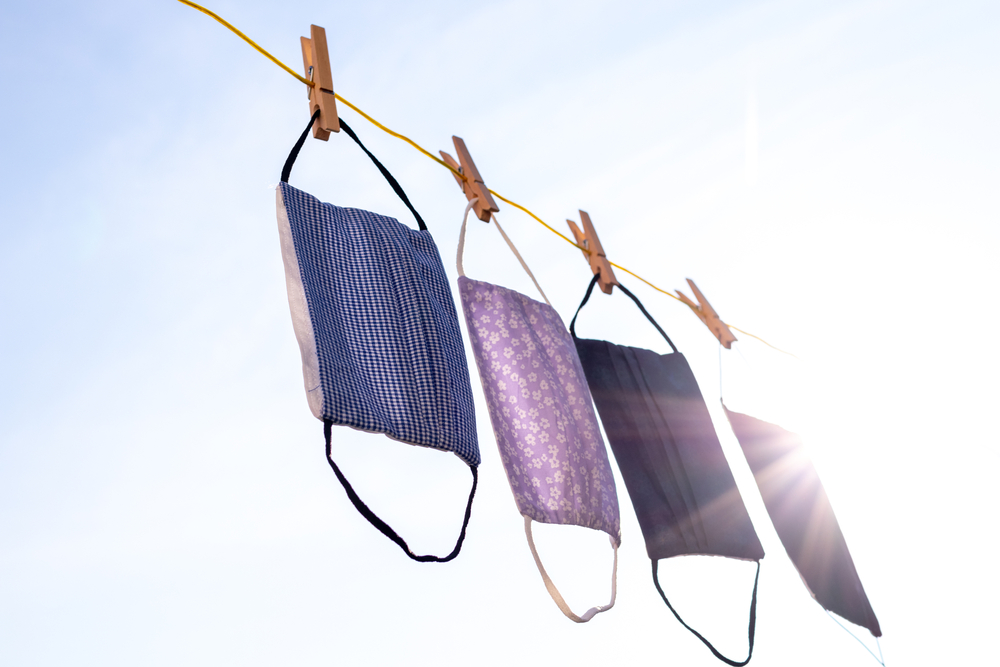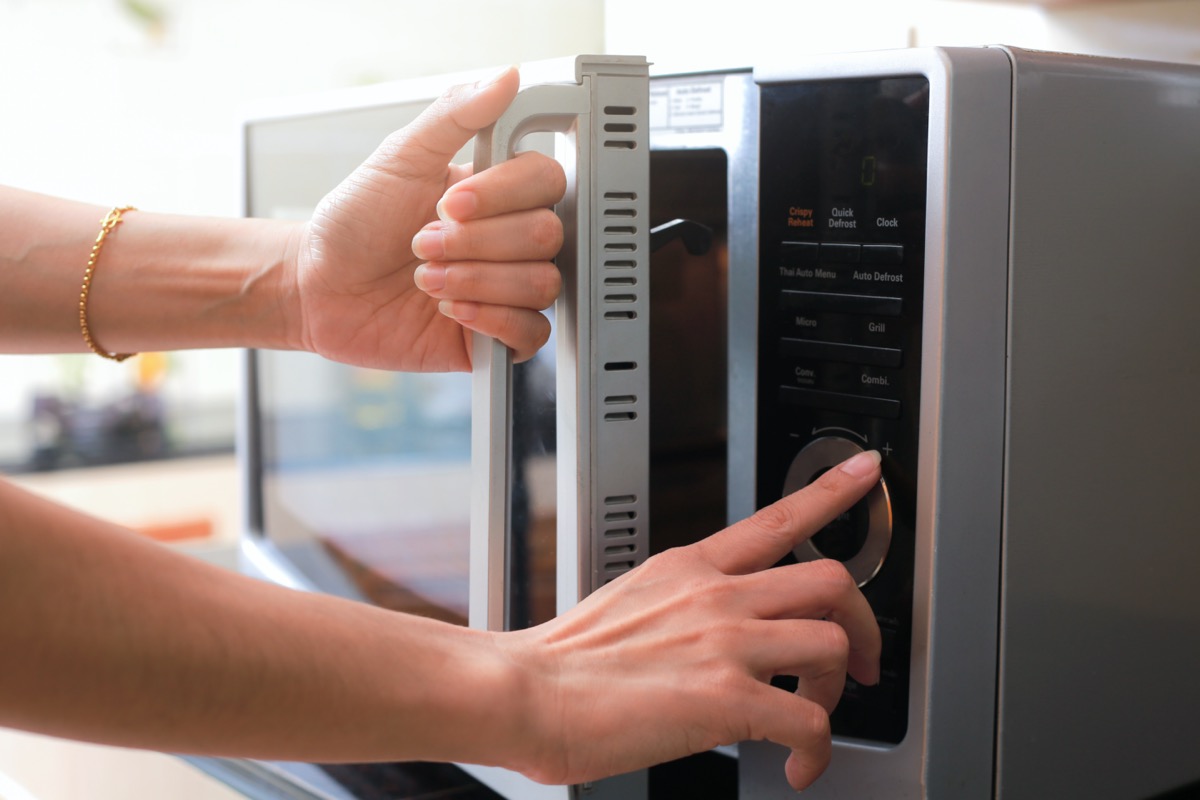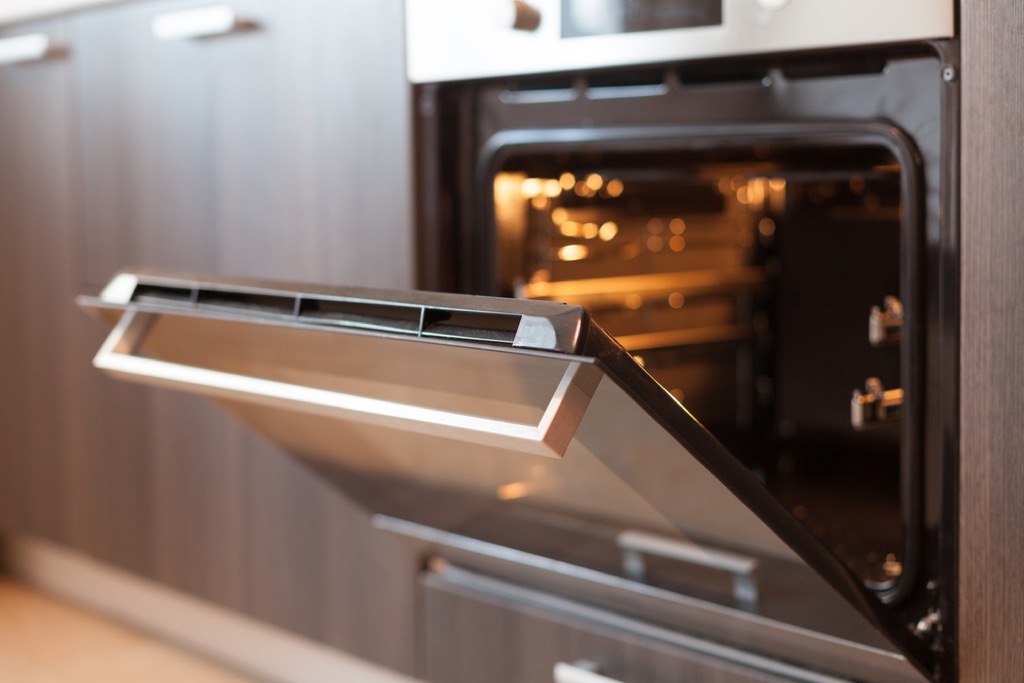According to a recent study out of the University of St. Thomas published in the journal Wiley Public Health Emergency Collection, the importance of textile hygiene has taken on new meaning during the pandemic as mask-wearing has become a factor of daily life. And while researchers point out that SARS-CoV-2 viruses that infect will die off naturally with time alone, a variety of factors including the type of material and overall humidity can drastically change the time needed. Additionally, sanitizing solutions could have different effects on different types of materials, which could decrease their effectiveness over time. “Some clothing types, for instance, are very capable of retaining moisture and consequently, this affects the survival of virus contained therein,” the study authors write. “The general consensus is that viruses can survive up to a few days in clothing. It is reasonable to expect a similar survival duration for viruses on/in protective face masks.” By testing cultures exposed to a wide range of temperature levels for varying lengths of time, researchers were able to find out exactly which temperature ranges were capable of inactivating COVID effectively. But the results also pointed to the fact that using heat as a sanitizing tool at home may not be as easy as one might think. The researchers were also careful to point out that shooting higher than the suggesting range was ideal. “Because of the seriousness of the current coronavirus infection, we suggest a reasonable safety factor can be obtained by increasing the … listed temperatures by [18 degrees Fahrenheit],” the study authors write. So how hot is hot enough to kill coronavirus? Read on to see, and for the latest warning, check out The Moderna CEO Just Made This Scary Prediction About COVID. Read the original article on Best Life. Length of time required to kill COVID: 20 minutes Length of time required to kill COVID: 5 minutes Length of time required to kill COVID: 3 minutesae0fcc31ae342fd3a1346ebb1f342fcb Despite being able to pinpoint which temperatures were effective at killing COVID from clothing and masks, the researchers also pointed out that the household items you would likely use to get them warm enough aren’t up to the task. “These recommendations are hotter than encountered in residential clothes dryers, clothes washing machines, and dishwashers,” the study authors write. “For these appliances, temperatures are typically at or below [135 degrees Fahrenheit]. These temperatures are also much hotter than residential hot water (in the United States), for example, because plumbing codes limit hot water to [120 degrees Fahrenheit].” Still, the researchers point out that their findings uphold World Health Organization (WHO) guidelines that 133 degrees Fahrenheit can kill coronavirus within 15 minutes. And fortunately, there’s another old-fashioned way of cleaning that will make up for the lack of heat in your appliances, pointing out that “of course, since soap has some virucide characteristics, washing with soap is expected to inactivate viruses by nonthermal means.” And for more on how the pandemic is affecting where you live, check out This Is How Bad the COVID Outbreak Is in Your State.



